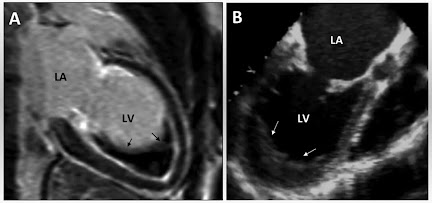Aasgaduli.blogspot.com
Respiratory system
Volumes :
1. Tidal volume (TV) : TV is the volume of air breathed in and out of lungs in a single normal quiet respiration.
Normal value - 500ml.
2. Inspiratory reserve volume (IRV) : IRV is an additional volume of air that can be inspired forcefully after the end of normal inspiration .
Normal value - 3300ml.
3. Expiratory reserve volume (ERV) : ERV is an additional volume of that can be expel out forcefully after normal expiration.
Narmal value - 1000ml.
4. Residual volume (RV) : RV is a amount of air remain in the lungs after forceful expiration.
Normal value - 1200ml.
Capacities:
1. Inspiratory capacity (IC) : IC is the maximum volume of air that is inspired after normal expiration . It includes...
IC (3800)= TV (500) + IRV (3300).
Normal value - 3800ml.
2. Vital capacity (VC) : VC is the maximum volume of air that can be expel out forcefully after a deep inspiration . It includes...
VC (4800) = IRV (3300) + ERV (1000) + TV (500).
Normal value - 4800ml.
3. Functional residual capacity (FRC) : FRC is the volume of air remaining in the lungs after normal expiration. It includes...
FRC (2200) = RV (1200) + ERV (1000).
Normal value - 2200ml.
4. Total lungs capacity (TLC) : TLC is the volume of air present in lungs after a deep inspiration . It includes all the volumes like...
TLC (6000) = IRV (3300) + ERV (1000) + TV (500) + RV (1200).






No comments:
Post a Comment
Please do not enter any spam link in the comment box